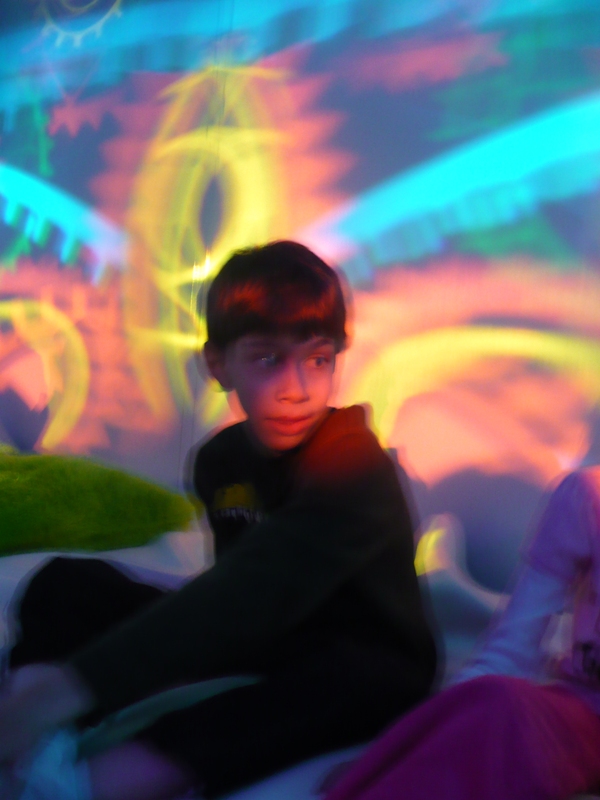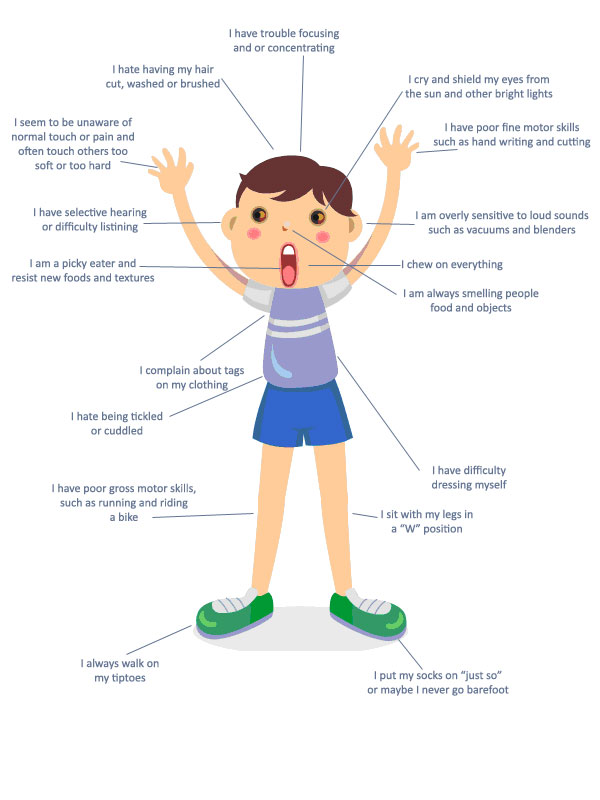Can We Simulate the Autism Experience?
You might have seen a child toe-walking, or covering their ears with their hands. But instead of just observing, have you ever wondered what it might be like to experience the world like a child with autism? Autism, a disorder of neural development, affects the way a child’s brain processes information and can have serious effects on communication, social interaction, and repetitive, stereotypic movements. It is a mysterious disorder in that scientists have yet to identify the cause, but the number of children diagnosed continues to rise. What is perhaps the most enigmatic about autism spectrum disorders, however, is the sensory abnormalities described and observed by some in nearly 90% of the autism population. For the normal brain, this can be difficult to imagine. But now, thanks to developers at the Vancouver Hacking Health hackathon, a simulation of the autism experience might provide typical brains with a taste of the autism experience.
People with autism may have difficulty processing and integrating information from their senses including sight, hearing, touch, sound and taste. These difficulties include receiving too much stimulation or not enough and might manifest behavioral. At the hackathon, the Vancouver developers created the tool, ‘Auti-sim,’ a simulator that puts players into the shoes of child with autism and shows what extreme hyperactivity might look and sound like. Someone who is under-responsive might crave certain sensory experiences. Someone who is hyper-responsive may be sensitive and intolerant of loud noises, echoes or seek specific sensations.
Players must navigate a playground and are exposed to hyped up sights and noises. Creators say the project was inspired by the movie, ‘Inside Autism’ that portrayed a similar effect in a crowded Wal-Mart. Does this truly simulate autism? Probably not. But it might get close and it might just serve an educational purpose.
Sasha Hallagan of the autismhelper.com sees the potential in using a tool like this in education, “I think this could be helpful when explaining autism and sensory issues to general education peers within a school setting.” In light of Autism Awareness Month, parents and educators might choose to use this to help enlighten or educate others, like Sasha, “During April for Autism Awareness Month, I conduct lessons about autism for the other classrooms in my school. I have found it very challenging to accurately described difficulties in sensory processing to some elementary age students. I think this could provide a concrete example illustrating the challenges children with autism can face. This could in turn hopefully improve empathy and understanding within the school community.”
How to Help Sensory Dysfunction
Sensory integration therapy is one particular treatment method, conducted by an occupational therapist, that may help alleviate some behaviors or difficulties that result from hypo/hyper aroused sensory system. For sensory deficits in children, specific toys and equipment are useful in fulfilling sensory needs and useful in occupational and speech therapy. Some particular experiences, such as aquariums with calming lights and sounds can also be soothing for the sensory needs of a person with autism. It is often difficult for a child to participate successfully in therapy (speech or other) if their sensory system is not regulated. Therefore, this is a critical area for people with autism. According to author Temple Grandin, who has autism, “vestibular stimulation can sometimes stimulate speech in autistic children. Slowly swinging a child on a swing can sometimes help initiate speech” If a child you know is struggling with sensory needs, consider an evaluation by an occupational therapist well-versed in sensory integration therapies.




